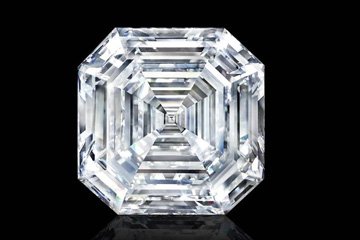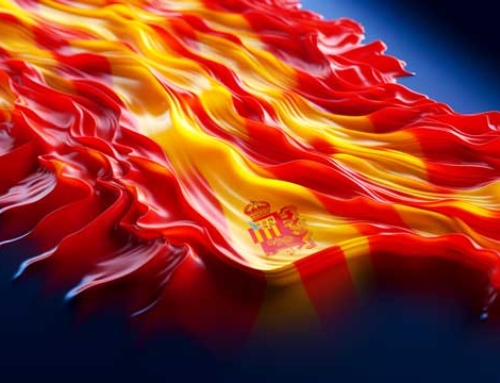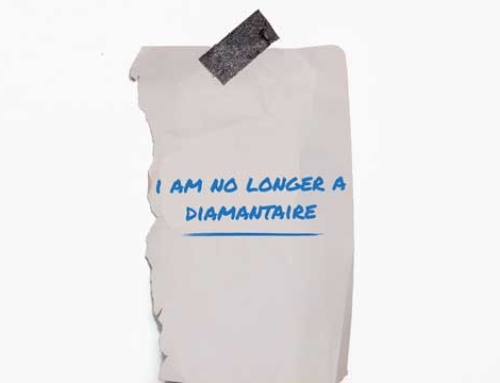Image: Graff Lesedi La Rona
Graff Lesedi La Rona, a record 302 carat diamond, together with 67 stones cut from the 1,109 carat large Lesedi La Rona, was presented by Graff Diamonds.
The jeweler has cut the diamond of 302.37 carat, color D, emerald like and called it “Graff Lesedi La Rona”. Graff is still waiting for the final certification of the stone, but expects a “very high degree of purity,” a company spokesperson said on Wednesday. If it turns out to be flawless, it would be the largest D flawless diamond the Gemological Institute of America (GIA) has ever certified, the spokesperson added. According to the company, it is also the largest diamond of this shape in history.
The entire process, from extraction to polishing, took more than 18 months.
“Cutting a diamond of this size is art, the ultimate sculpture,” said Laurence Graff, the founder of Graff. “This is the riskiest form of art because you cannot add anything, you cannot hide an error. You can only eliminate. You must therefore be careful and perfect.”
The study of the diamond was a challenge for Graff’s gemologists, because the stone was too large for the company’s machines, the jeweler said. Graff built a customized scanner especially for Lesedi La Rona. Graff originally thought they were unable to cut a diamond with a weight of more than 300 carats from the rough stone. Other evaluations, which were carried out over the course of several months, made it clear that Graff would be able to produce a stone of this size. The jeweler has planned every step of the process, including the initial laser size, the shape of the stone and the faceting. Graff noted that polishing the table, the facet on top of the diamond, required hundreds of hours of work.
The company has cut 66 extra “satellite” diamonds from the same original rough stone. Their weight varies from less than one carat to more than 26 carats. Each diamond bears the inscription “Graff” and “Lesedi La Rona“, as well as the GIA report number. Lucara Diamond Corp. extracted the 1,119 carat Lesedi La Rona in November 2016 from its Karowe mine in Botswana. It was the second largest quality diamond in history, after the 3,106 carat Cullinan diamond.
“There’s a lot of luck involved in discovering a diamond of such beauty and importance,” Graff said. “Years pass, months pass without anything. And then you’re lucky one day.”
Graff donated fragments of Lesedi La Rona to the Smithsonian Institute. They will be used to promote diamond research.

Image: Graff







